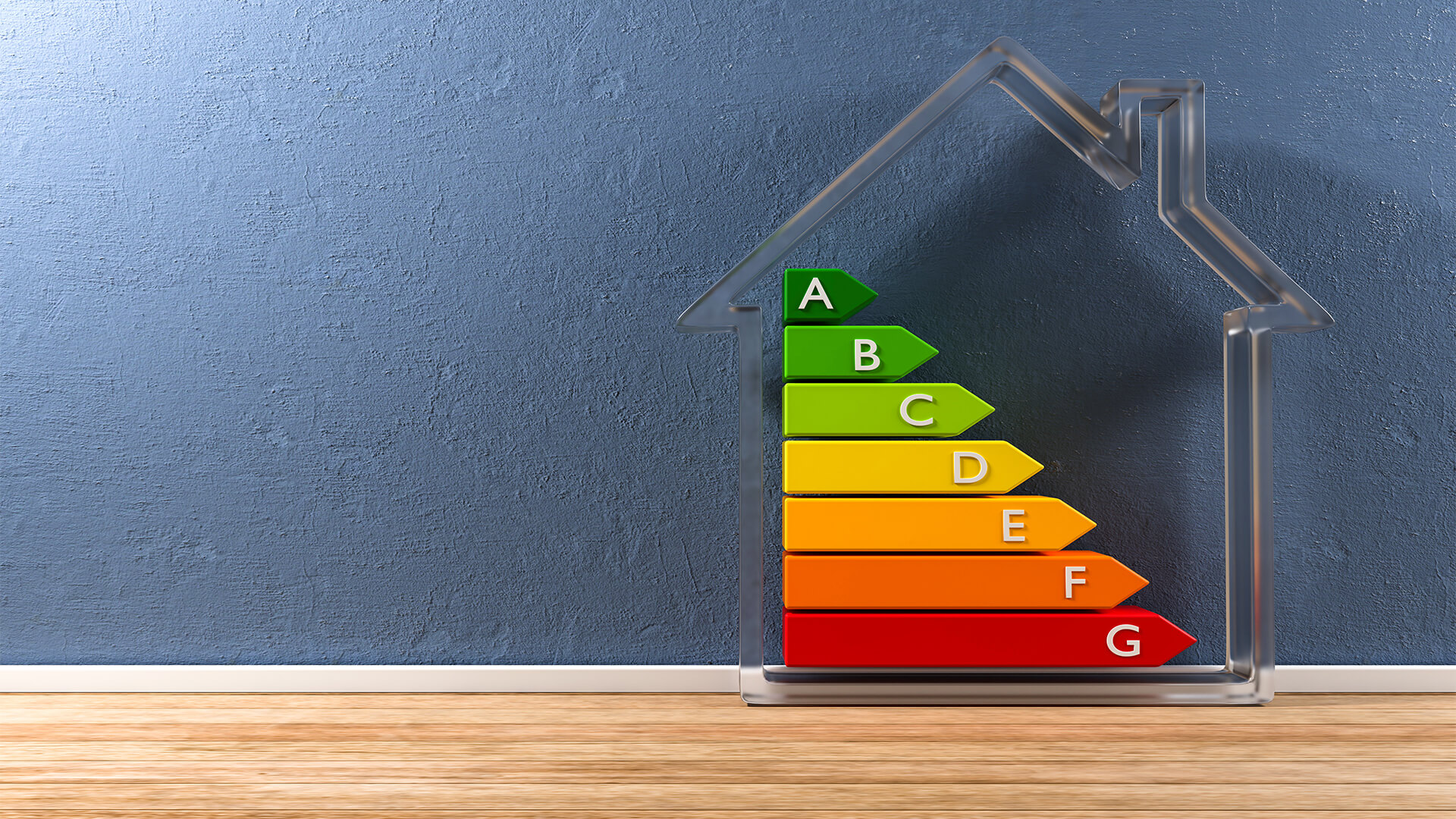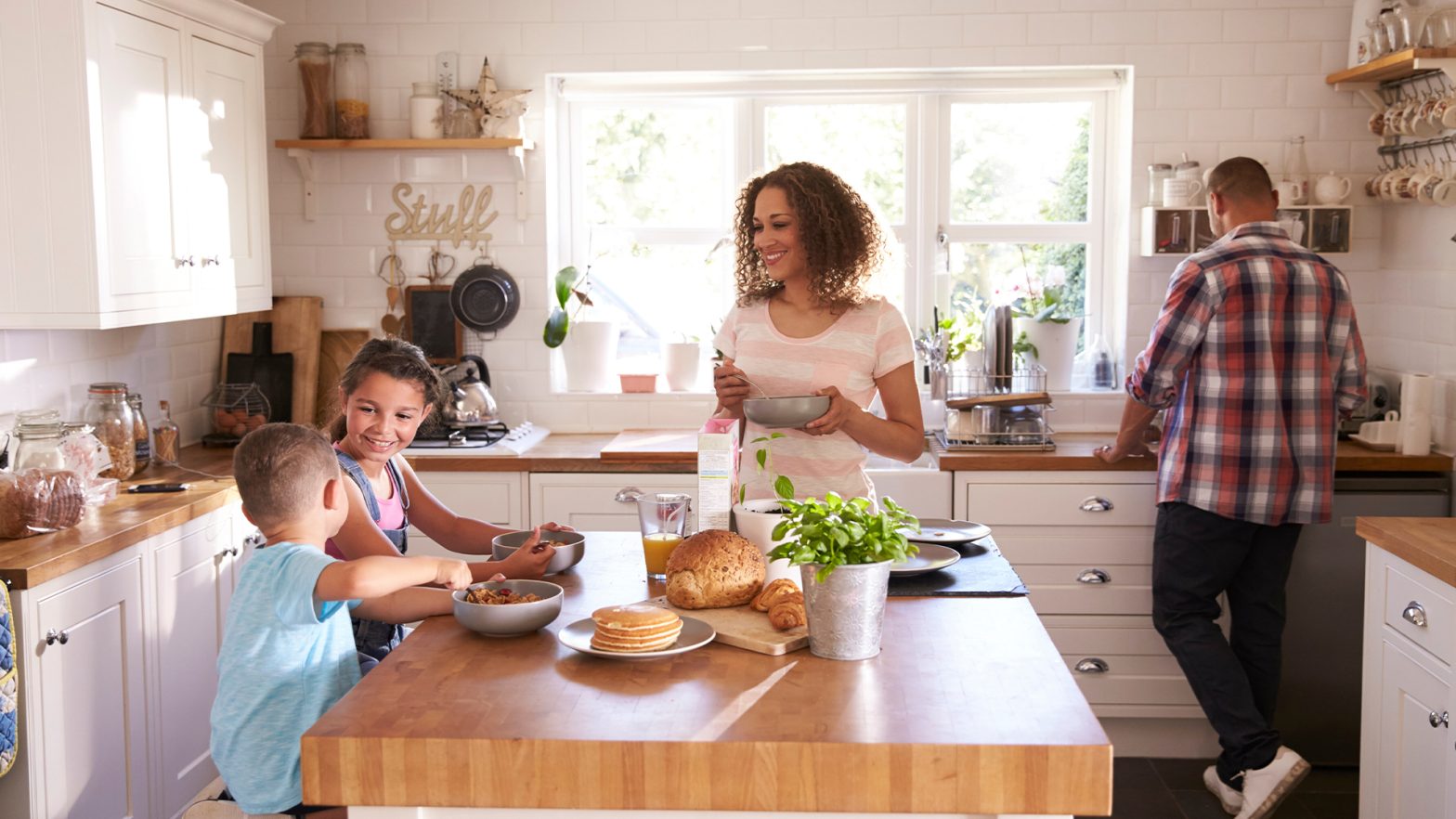The year practically flies by, and before you know it, it’s wintertime again. Most people are preoccupied with preparing for holidays or out-of-town family visiting, so they don’t care for their home before the cold weather sets in. Try these easy ways to prepare your home for winter and save on your heating and electricity bills, too.
1. Close the Gaps
The first things you should notice when the weather gets cold are drafts coming in from unsealed cracks. They might show up in your doors and windows, or other spaces in your home could be allowing the cold air to enter your home.
You can remedy these gaps by filling them in with caulk, which is easy to apply and can get the job done easily and on a budget. If you want to keep your household warm and reduce the risk of your power bill increasing, search for those drafty areas and patch up any cracks before it gets too cold outside.
2. Change Your Furnace’s Filters
If you run your furnace plenty during the winter, you should pay attention to your furnace filter. Ensuring that the air in your home is clean and safe for everyone is vital. Replacing the air filter can remove bacteria, dirt, pet dander and more from the air in your home.
You should replace your filter at the start of each season for healthy air quality in your home.
3. Insulate Your Pipes
To reduce heat loss and keep your water warmer for longer in the winter, you should opt to insulate your pipes. Luckily, protecting your pipes is something you can easily do yourself. Find some pipe sleeves or other insulating material and secure it to your pipes using cable ties or duct tape.
What you use to secure it depends on the material you use to insulate your pipes. By tackling this simple project yourself, you can save money and make your house more energy-efficient.
4. Inspect Your Garage Door
Garages are typically the link between homes and the chill of winter weather outside. Since it acts as a buffer, you need to ensure that everything in your garage works properly and doesn’t allow the cold in. Having gaps in your garage door might allow for drafts, but it could also invite unwelcome visitors who are seeking a warmer spot to sleep. To rid yourself of rodents and other pests, make sure your garage is sealed correctly.
You should always have an insulated garage door if your garage is attached to the house, particularly if it faces spaces like the living room and bedrooms, where your family will likely spend the most time. Having an insulated garage door can help you save money on your monthly power bill, as you won’t be losing heat through it.
5. Reverse Your Ceiling Fans
Most ceiling fans have two settings on them: one for colder months and one for warmer months. One of the easiest switches you can make to winterize your home is to change your fan over to make it push the warm air downward. In this way, your fan can help keep your living room or bedroom warm.
6. Let Your Faucets Run
Most people know to let their faucets drip overnight so the pipes don’t freeze up. When you turn your water on, make sure to use cold water rather than hot. You should allow water to drip from your faucet every night until temperatures consistently stay above freezing.
To bring some more heat to your pipes, consider leaving your cabinet doors open and pipes exposed so some of the heat from your home can reach the pipes and keep them slightly warmer than they would be otherwise.
7. Clean the Gutters
Before the extreme winter weather sets in, you should do a quick sweep of your gutters to rid them of any debris left behind from fall. Clear gutters mean less likelihood of them getting clogged due to ice and snow.
You can also use this time to examine how well your gutters are doing at keeping water away from your home’s foundation. If your gutters aren’t doing their job, consider getting them fixed before more snow clogs them up and forces an influx of water toward your house.
8. Add Insulation to Your Attic
If your attic has no insulation, you should install it whenever you can. Insulating your attic, one of the coldest parts of your home during the winter, doesn’t just mean keeping your house warm. It can also keep moisture from wreaking havoc on your walls, and insulation is even beneficial when it’s hot outside to prevent the heat from getting in.
Stocking your attic full of insulation can primarily help reduce the harsh temperatures outside and prevent moisture, which can save you from plenty of problems in the future, like mold or roof warping.
9. Check Your Refrigerator
Ensure that your fridge is operating on the most eco-friendly setting. You should also make sure that your fridge is set to below 40ºF to chill your food properly. By keeping your fridge at or below this temperature, you can ensure that your food will be safe to eat.
Make winter your season to check the rubber gasket on the door. This seal typically prevents cold air from leaking out, but it can also keep warm air from going in. Over time, this seal may weaken, and you might have to replace it.
A failing seal means that the warmth in the rest of your home can sneak into your refrigerator. Your fridge will have to work harder to continue cooling the things inside of it, so you’ll end up saving so much energy — and money on your electricity bill — by replacing that gasket.
10. Replace Weather Stripping
Put weather stripping on the top of your checklist for winterizing your home. Weather stripping is a crucial part of your home that, while small, makes a huge difference. It helps to insulate your house by keeping the cold air out and the warm air in during the winter months.
Weather stripping can grow old and rot, and when it’s doing a less-than-ideal job, it’s time to replace it. Ensure that the weather stripping on all your doors and windows, including your garage, is ready for the season ahead.
Get Ready for Winter the Right Way
To ensure that you can completely winterize your home before the season starts, consider making a checklist and following it whenever you have free time. Once you’ve winterized your home a couple of times, it’ll become like second nature for you to get your house ready for the end of the year.
By Evelyn Long, Editor-in-Chief of Renovated.





























